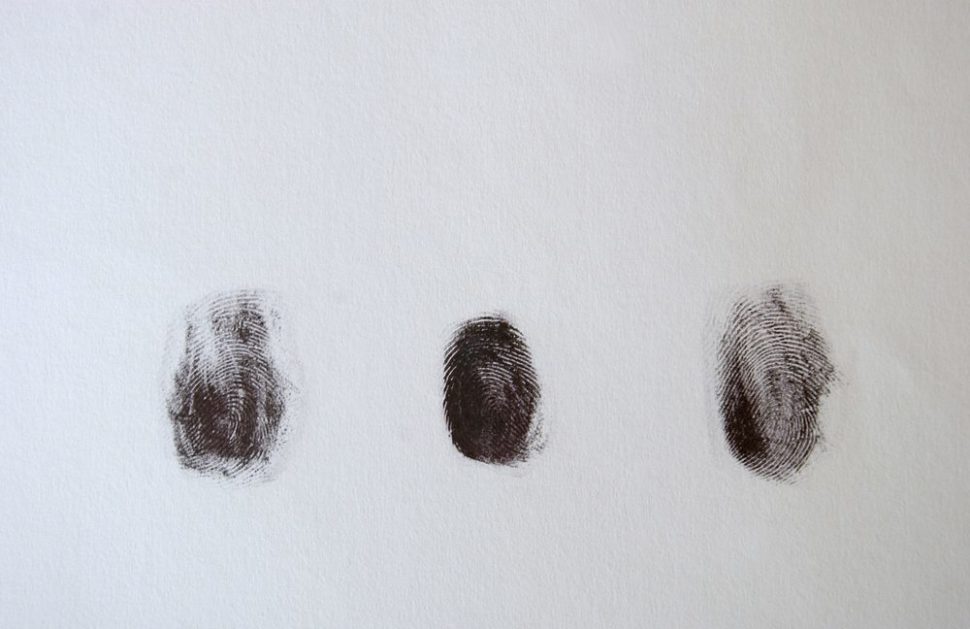Scientists propose a new reliable and economical way to ensure the authenticity of any document. The idea is to use the structure of the paper itself as a forgery-proof fingerprint.
Security threads and watermarks serve to fight falsification attempts, mainly by being very complex and therefore difficult to replicate.
Watermarks are extremely difficult to counterfeit by photocopying or printing the reproduction of the pattern, such as a portrait or an emblem, that appear translucent, thanks to differences in the thickness of the paper. To embed watermarks on documents and bank notes, they need to be laid beforehand on the mold then to the paper paste, which is a lengthy and costly process.
Paper 'fingerprint' to fight document forgery. Click To TweetPaper Fingerprint to Thwart Document Forgery
If you put paper against a light source, for example against the window, you can see the translucent, minuscule fibers of wood.
A team of researchers from Newcastle University in the United Kingdom found that the random arrangement of fibers is unique on each sheet of paper and, therefore, it is possible to use this structure as a “digital fingerprint” to authenticate documents.
A paper on the technique–Texture to the Rescue: Practical Paper Fingerprinting based on Texture Patterns–is available on arXiv.org
Researchers said they developed an algorithm that generates and records an identifier for document “fingerprints” and convert it to QR code.
The unique structure of wooden particles would be first encrypted in a barcode, and then a camera is used to check that the paper fingerprint corresponds to the barcode recorded for the original document.
No Need to Design and Produce Secure Documents
Using this paper fingerprint authenticity validation technique, documents become forgery-proof, because it is essentially impossible to reproduce the exact pattern of given wood fibers.
And also, this is true for any type of paper: one can print official and legal documents, like original contracts, on a paper table cover or even a toilet paper, and authenticate it with a simple phone camera.
Universities could use paper fingerprints to certify diplomas, for example, and an employer could easily verify the validity of a degree by themselves.
This technique could reduce the costs of banknotes and biometric passports ($135 and $110 for renewal) which often uses special paper watermarks and RFID chips, which is a complicated and expensive process.
Authorities will be able to save more because the traditional production of secure documents is expensive. No need to go through specialized printing, secure documents could be printed on plain paper and using any printer.
“Cloning the paper document would require reproducing the same random interweaving of the wooden particles in the paper – which is impossible,” said Dr. Feng Hao of Newcastle University




Comments (0)
Most Recent